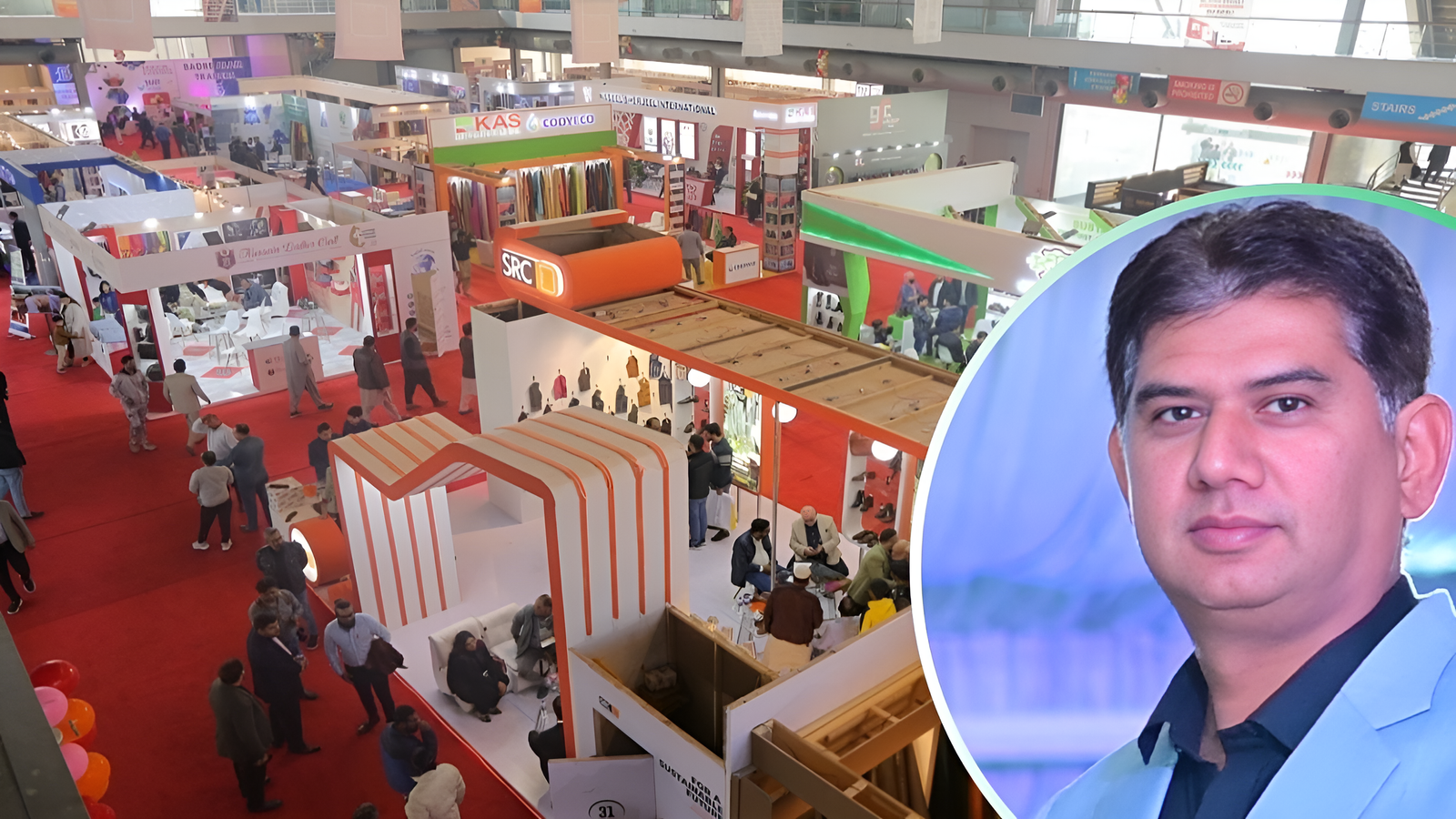Uttar Pradesh is gearing up to make major moves in the leather and footwear industry. Chief Minister Yogi Adityanath recently reviewed the draft of the Uttar Pradesh Footwear, Leather and Non-Leather Sector Development Policy 2025.
During a meeting with the MSME Department, he stressed the need to make the policy practical and result-oriented.
He asked officials to focus on a cluster-based development model. This means building industry-specific zones in areas best suited for growth. Uttar Pradesh already has a strong foundation with skilled artisans, abundant raw materials, and big industrial hubs like Kanpur, Agra, and Unnao.
The Chief Minister wants these resources to come together on a single platform that combines production, design, research and training. This, he believes, will draw in large investments.
He also highlighted the need for modern factory spaces, especially flatted factory complexes that provide efficient work environments.
Officials shared that the new policy could create around 22 lakh (2.2 million) jobs in the coming years. That would be a big step in turning Uttar Pradesh into a global center for leather and footwear manufacturing.
India is currently the second-largest producer and consumer in the global leather and footwear market. And Uttar Pradesh plays a big part in that. Kanpur and Unnao together host over 200 tanneries. Agra is known as the ‘Footwear Capital’ of India.
The Chief Minister made it clear that the policy should not just support main manufacturing units. It should also give incentives to component makers like those producing soles, laces, heels, threads, buckles, and labels. Even machinery manufacturers for leather and non-leather shoes should be included.
He said that such an approach would build a full design-to-delivery setup within the state. And to ensure high quality and competitiveness, he stressed the need for strong efforts in training, packaging, and marketing.
To push for private industrial parks, he recommended offering capital subsidies, stamp duty relief and help with electricity and logistics. He also called for a single-window approval system and a fully digital platform for applying and tracking incentives.
Source – Hindustan Times












